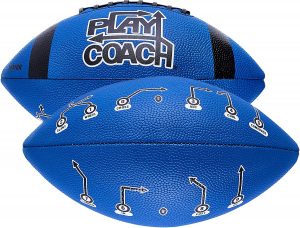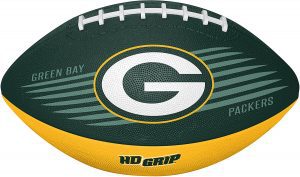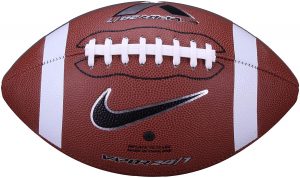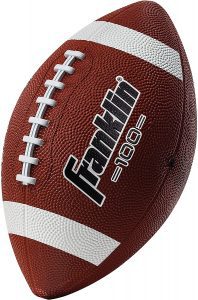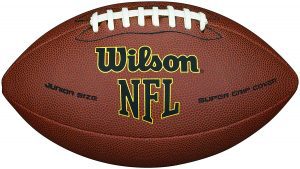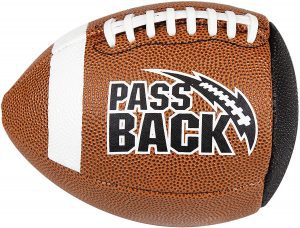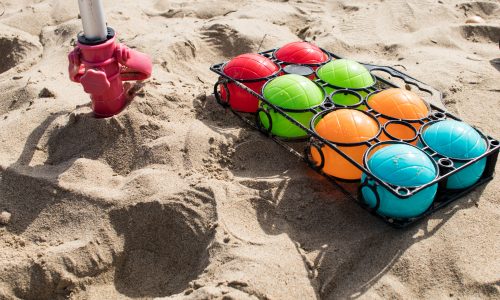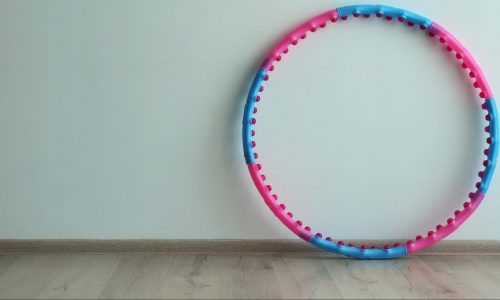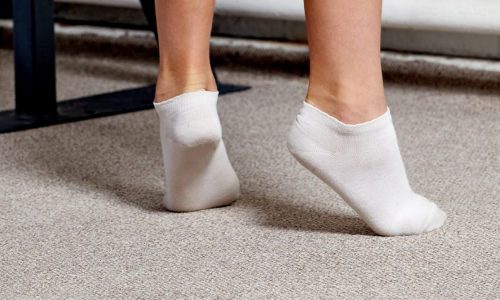The Best Youth Size Football
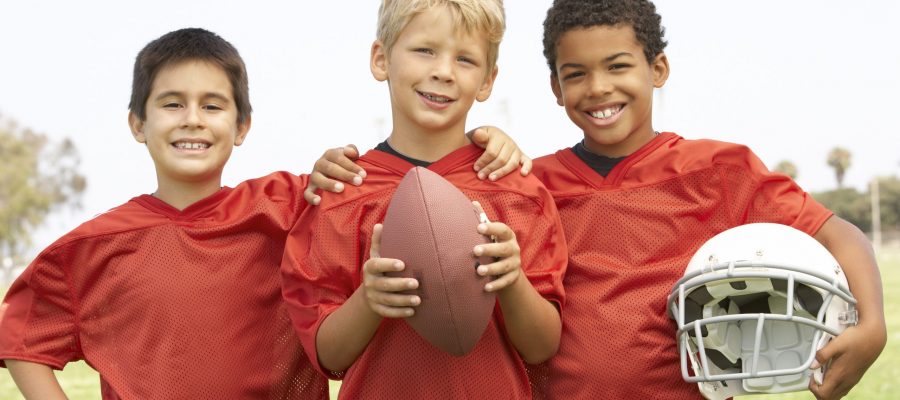
Our Review Process
Don't Waste Your Money is focused on helping you make the best purchasing decision. Our team of experts spends hundreds of hours analyzing, testing, and researching products so you don't have to. Learn more.
Our Picks For The Top Youth Size Footballs
- 1. PlayCoach Educational Unique Grip Youth Size Football
- 2. Rawlings Green Bay Packers NFL Youth Size Football
- 3. Nike Vapor Sport Youth Size Football
- 4. Franklin Sports Rubber Youth Size Football
- 5. WILSON All-Weather Youth Size Super Grip NFL Football
- 6. Passback Bouncing Composite Youth Size Training Football
If your little one shows an interest in football, you'll want to pick up this youth-sized football. It's designed for kids between the ages of 6 and 9 and is smaller in size, making it easier for little hands to hold. The football also features 10 route designs in picture form to help players quickly learn the game.
Two Color OptionsYou'll find this youth-sized football comes in a choice of a bright blue or a traditional brown.
Kids and adults can all enjoy tossing this ball, which is made for smaller hands and suitable for long-distance throws. Pick your preferred team, and the ball will come with the right colors and logos on the front and back.
Show Your SupportFans of all ages will enjoy playing fall football with this NFL-licensed product.
Once your child graduates from a peewee ball, he'll be ready to move on to this youth-sized football. It's best for 12 to 14 year olds and is designed to resemble the official balls that are used during high school, college and NFL games.
Made for TeensThis youth-sized football weighs just 1 pound.
This youth-sized football comes in five colors and is durable enough to stand up to concrete, grass and other surfaces. Kids who are itching to practice and perfect their throwing and catching skills will make good use of this all-weather football.
Durable, Deep-Pebbled TextureThis game ball is perfect for fun for years to come.
Buying Guide
While baseballs and golf balls are always the same size, football sizes start out smaller for younger kids and increase in size as they grow. The size of a football depends on the child’s age and the level at which they are playing.
The recommended weight and length for ages 6 to 9 (pee wee football) is 10 ounces/17.5-24 inches; for ages 9 to 12 (junior) it is 11 ounces/18.5-25 inches; and for ages 12 to 14 (youth), it is 12.5 ounces/19.25-26.25 inches.
If your child plays for an organized football team, that group will set their own standards for the footballs they use in games. So, if football manufacturing companies want their balls to be used in league games, they must adhere to those specifications.
If you are buying an extra ball for your league player to use outside of their games, it may make sense to get the same size that their team uses. Leather footballs are thought to be the highest quality. However, you might not need to invest in a smaller leather football, since it is for practice and kids will outgrow it.
The NFL only uses leather footballs. They are manufactured with a tanning process, which makes them tacky and easier to grip. If your athlete is planning to continue in their sport, getting used to the feel of leather isn’t a bad idea.
Rubber and synthetic leather are both suitable for younger age groups and are usually pebble-textured for better grips. When they are not textured, they can become quite slippery, which makes them harder to throw and catch. These materials are also more moisture-resistant than genuine leather.
You can also find foam footballs, which are very lightweight and inexpensive; these are good for younger football players just learning how to catch and throw. They are also good for just horsing around with friends. After all, if you lose one, you won’t have to worry much.
What to Look For
- Some footballs are sold in sets and purchased by coaches and leagues.
- You can find footballs that come with their own pumps and kick-off tees.
- Passback footballs are a good choice, because they allow athletes to practice on their own. Passback footballs are blunted at one end so that when kids throw it against a wall, it bounces back to them. These are very helpful for both quarterbacks and receivers.
- Look for footballs that have eight equally-spaced lacings and two 1-inch white stripes. This is the NFL standard.
More to Explore
American football (which was originally known as gridiron football) originated in the late 19th century and combined elements from both rugby and soccer.
The “Father of American Football,” Walter Camp, helped form the original Intercollegiate Football Association and created many of the rules that are still used today.
The American Professional Football Association was founded in 1920 and later became the National Football League (NFL). There are now 32 member teams and countless footballs that proudly showcase their names.

